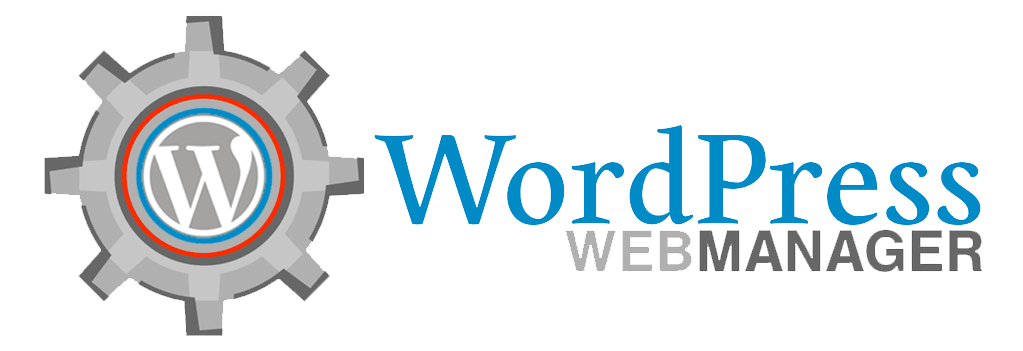WordPress Updates – How Do I Stop WordPress From Being Update Delayed?

WordPress Updates is probably one of the most effective security measures, along with regular website backups, strong passwords, using reliable plugins, and many other elements. But as convenient as they are, WordPress Updates can also be one of the most dangerous if not fatal vulnerabilities in your WordPress site. This is actually one of the reasons why you ought to constantly update the WordPress core, theme, and plugins. WordPress Updates happens automatically, which means you don’t have to worry about manually checking for WordPress Updates. WordPress core development updates automatically pull in necessary changes to address security issues.
WordPress themes are also updated automatically at set intervals. Usually, once per month or at times even less frequently. One of the easiest ways to ensure that WordPress is kept secure is to perform your own WordPress Update. Simply go to your WordPress dashboard, then scroll down to where it says ‘Updates’, click on the link for ‘WordPress updates’ and you will be given a list of available changes. If you need to do an update manually, you can either update your WordPress themes, or you can just search for the WordPress plug-in version number for your theme.
One of the first things you want to consider is WordPress version number updates. WordPress has two versions, v3.0 and v2.5. If you are updating from WordPress 3.0, make sure you use the –no-site-update option. By doing this you will ensure that WordPress will not try to update to a version that it does not recognize, resulting in you getting the dreaded error ‘WordPress not installed’. On the other hand, if you are updating from WordPress 2.5, you can go into your plug-ins directory and check for any version numbers that may be missing.
WordPress updating problems occur for various reasons. One reason is that you have WordPress themes that aren’t installed correctly. WordPress requires WordPress files to be uploaded into a specific directory structure before it will read them. WordPress errors are caused when WordPress cannot read the files it needs, resulting in it attempting to read the wrong ones. In addition, many plugins require external programs to run, which WordPress does not know how to read, leading to a bad news update.
Another reason why WordPress can fail to update is that it may not have enough of the necessary code libraries to run certain plugins. For example, WordPress will not be able to read the PhpMyAdmin PHP code library if it doesn’t have an index page or if it doesn’t have an ‘installation’ button on the WordPress dashboard. You will also discover that WordPress updates take longer to propagate through your network of websites with the use of PHP applications. If you are using WordPress with multiple sites, this can really slow things down.
To fix WordPress errors and prevent WordPress updates from taking forever, there are a few things you can do. The first step is to sign up for a paid WordPress upgrade and theme upgrade. These will not only provide the most current WordPress code and settings, but they will also install a backup generator that can run automatically at the start of each day. This will ensure that WordPress is not interrupted while you are working on your site updates.
WordPress themes are also becoming quite costly, so it’s best not to rush out and replace all your WordPress themes just to have your WordPress site updated. WordPress themeforest provides a free, viable alternative to paying for themes. With themeforest, it is easy to update your WordPress themes. The online dashboard provided makes it easy to update all your themes from any computer on the globe.
Some WordPress theme developers choose to update their WordPress plugin instead of a WordPress theme, since updating a WordPress plugin is much more difficult than updating a theme. WordPress plugin versions are available for purchase and are not open source. Once you have purchased a WordPress plugin, updating it is as simple as downloading the latest plugin version and updating your WordPress website. WordPress themeforest does not provide this option, however. If you cannot install WordPress using the free themeforest installer, you will need to install WordPress manually by copying the plug-in files to your WordPress “overlay”.




